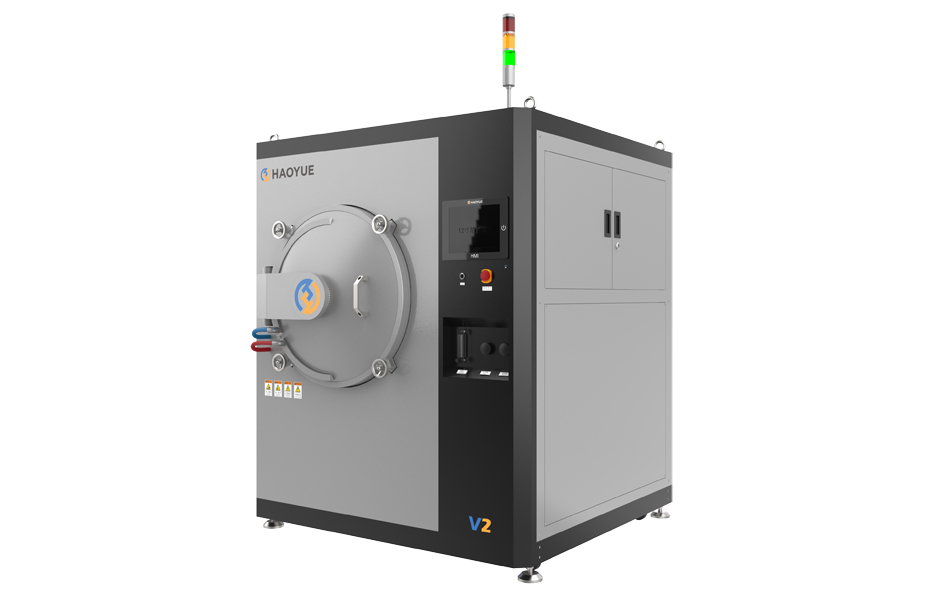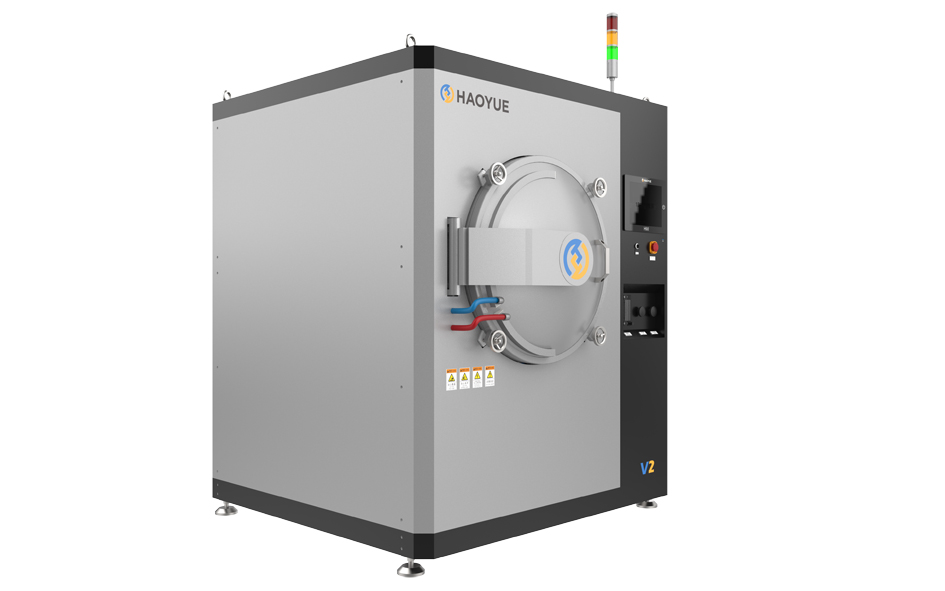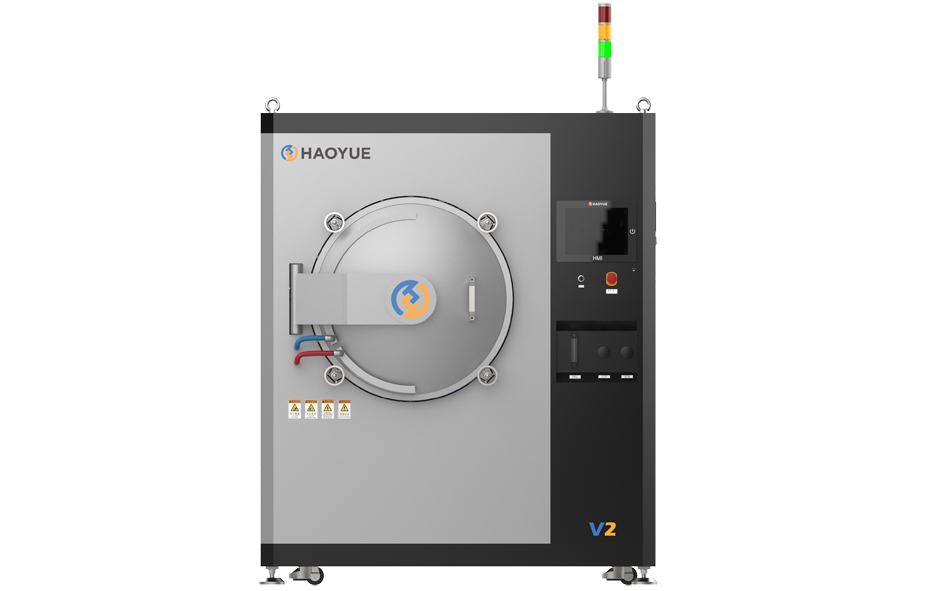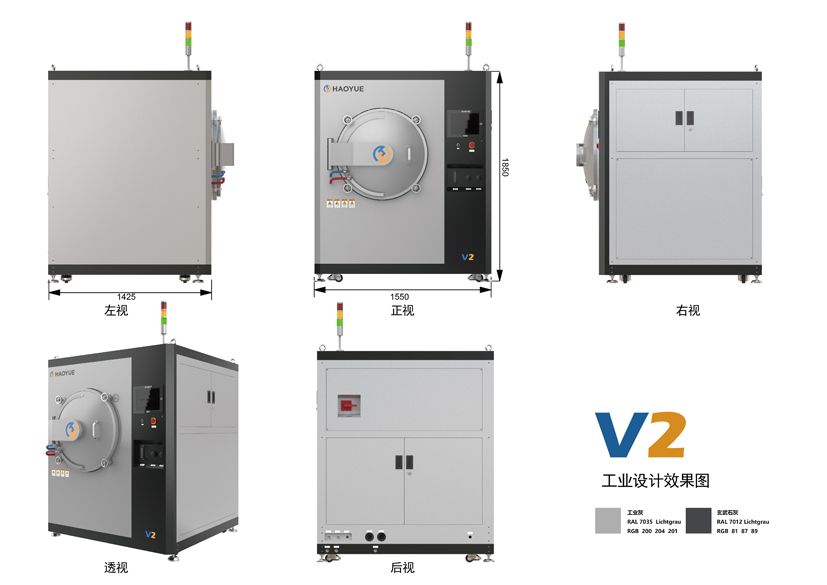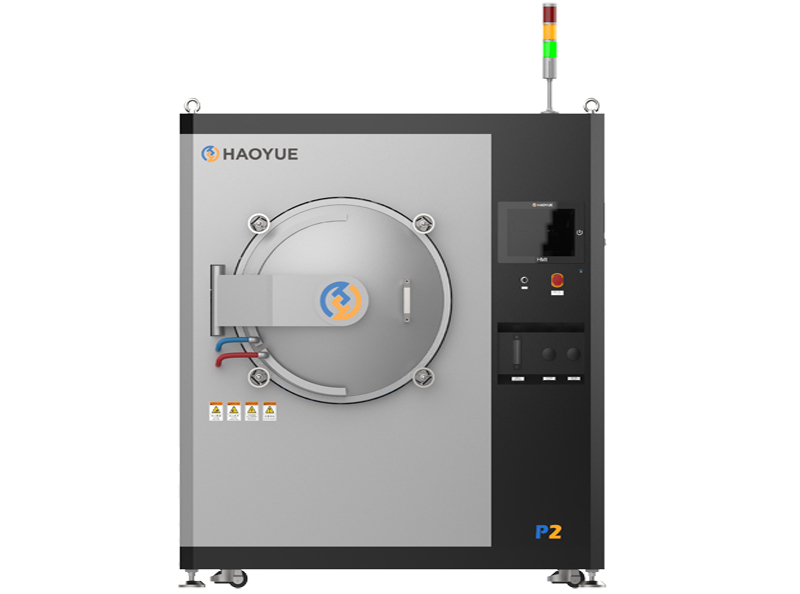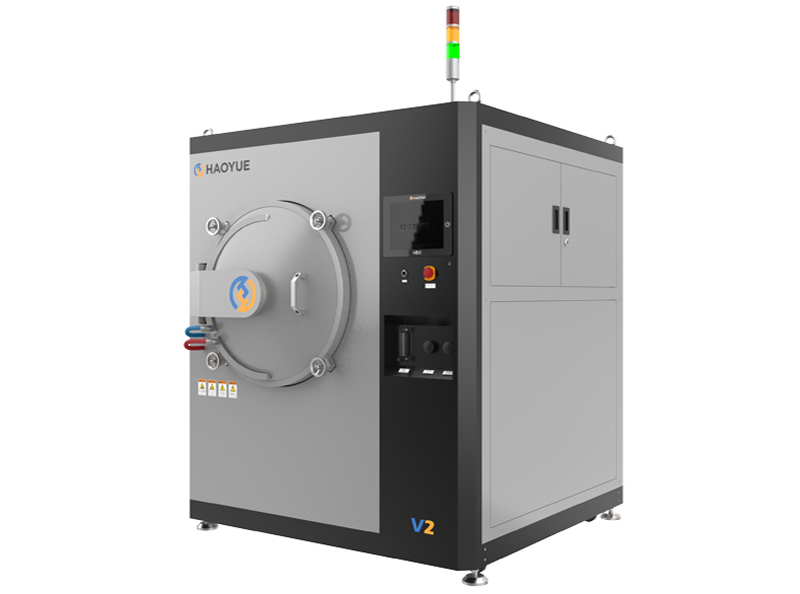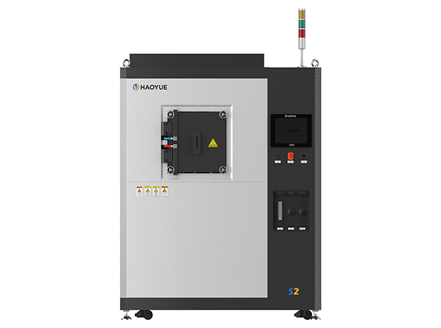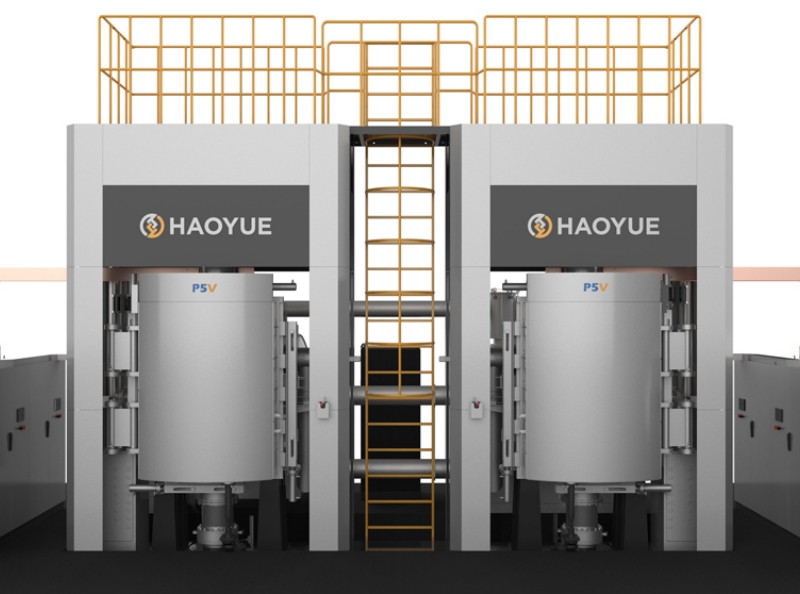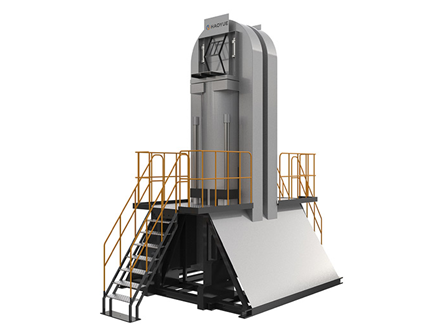V series Laboratory Vacuum Furnace
This vacuum furnace is a vacuum resistance furnace that can use graphite/molybdenum strip/tungsten strip/silicon molybdenum rod/molybdenum rod as heating elements. It is mainly used for sintering, annealing, brazing, degreasing, degassing, etc. in vacuum or protective atmosphere for ceramics, hard alloys, composite materials, stainless steel, etc. It can also be used for high-temperature heat treatment of metal materials under high vacuum conditions or degassing treatment of precious metal materials.
Technical Data
The Laboratory Vacuum Furnace from Haoyue is designed specifically for high-precision heat treatment processes in laboratory and research environments. With advanced vacuum technology, accurate temperature control, and a clean processing atmosphere, this furnace meets the rigorous demands of materials research, quality control, and small-scale production.
Whether you’re conducting thermal experiments, developing new alloys, or testing ceramics under vacuum conditions, our laboratory vacuum furnace delivers uniform heating, minimal contamination, and repeatable results.
Backed by Haoyue’s decades of experience in high-temperature furnace manufacturing, this system ensures consistent performance, safety, and scalability for modern scientific applications.
Adopting a horizontal and side door opening structure: high precision in loading and unloading molds.
Fast temperature rise and fall: the induction heating rate is 100 ℃ per minute (less than or equal to 1600 ℃), and the resistance rate is 20 ℃ per minute (greater than 1600 ℃);
Good temperature uniformity: The average temperature uniformity is plus or minus 5 ℃ (measured at five points, with a constant temperature zone of 1000 ℃ for one hour before testing);
Adopting single temperature zone control: reserving two temperature measurement holes for high-temperature detection.
Good safety performance: Adopting HMI+PLC+PID pressure sensor control, safe and reliable;
Strong scalability: capable of sintering, brazing, annealing, degreasing, dehydrogenation, degassing, reduction, oxidation, etc
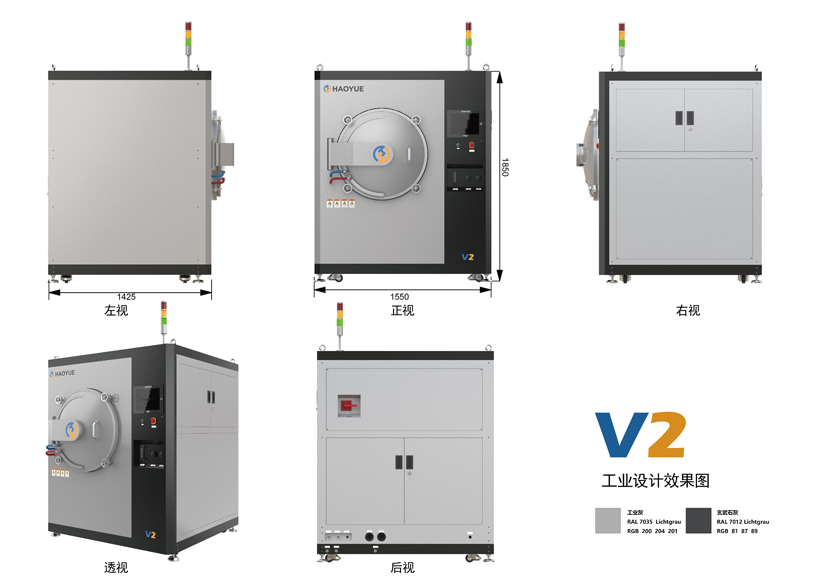
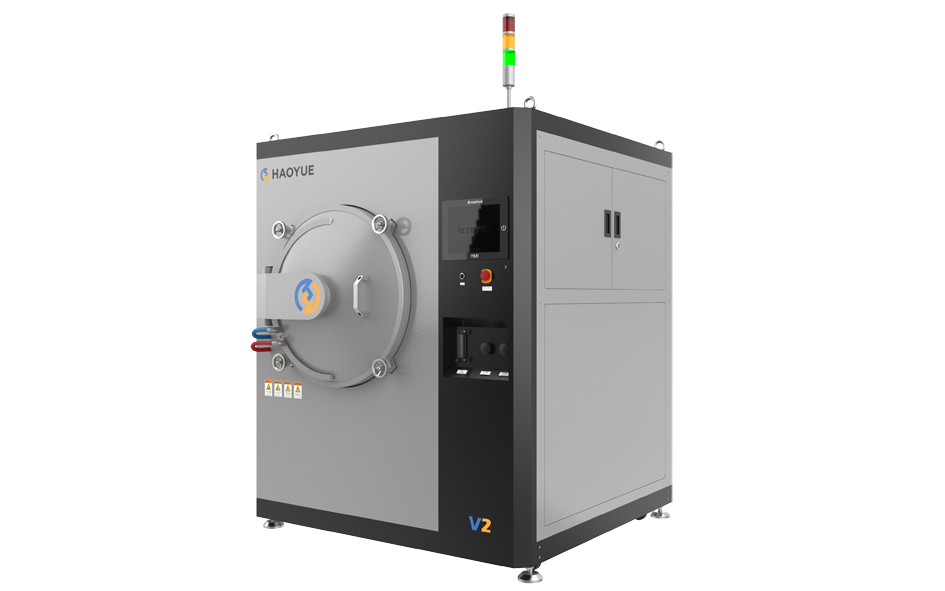
Specifications
| No. | Max.Temperature (℃) | Chamber Size(mm) | External dimensions (mm) | Heater | GW (Kg) | Heating Power (kW) | Ultimate Vacuum (Pa) | Application |
| V2GR20 | 2000 | W200*H200*D300 | W1425*D1550*H1850 | Graphite | 1300 | 45 | 6.7*10-3 | Sintering/Annealing/Degrease |
| V2GR24 | 2400 | W200*H200*D300 | W1425*D1550*H1850 | Graphite | 1300 | 50 | 6.7*10-3 | Sintering/Annealing/Degrease |
| V2MO13 | 1300 | W200*H200*D300 | W1425*D1550*H1850 | Moly | 1300 | 40 | 6.7*10-3 | Brazing/Sintering/Annealing |
| V2W20 | 2000 | W200*H200*D300 | W1425*D1550*H1850 | Tungsten | 1300 | 45 | 6.7*10-3 | Sintering/Annealing |
| V2CO20 | 2000 | φ200*H200 | W2025*H1550*D1850 | Induction | 1600 | 45 | 6.7*10-3 | Sintering/Annealing |
A leader in vacuum furnace design and manufacturing, we start with a thorough understanding of your processes and laboratory furnacing requirements. We then help you select an available laboratory vacuum furnace system that best fits your lab and R&D requirements or, we customized a laboratory vacuum furnaces for your specific requirements.
Application
Cemented Carbide(WC、TiC)
Performs dewaxing, degassing, and sintering in sequence
Oxide Ceramics
Performs dewaxing, degassing, and sintering processes in sequence
Application: Aluminium Oxide(Al2O3), Zirconium Oxide(ZrO2)
Non-Oxide Ceramics
Performs dewaxing, degassing, and sintering processes in sequence
Application: Silicon Carbide(SiC), Silicon Nitride(Si3N4), Aluminum Nitride (AlN)
Metals and Alloys
Performs dewaxing, degassing, and sintering in sequence
Graphite
Performs degassing and purification in sequence
Main Ingredients
These furnaces can achieve high temperatures, often exceeding 1000 degrees to 3000 degrees Celsius, depending on the model and design. Precise temperature control is a crucial feature for various applications, such as heat treatment, annealing, and material testing. The vacuum environment prevents oxidation and contamination of the materials being processed. It is particularly important for heat treatment processes, where maintaining a controlled atmosphere is critical.
Why Choose Haoyue Laboratory Vacuum Furnace?
Precision Engineering: Stable and uniform thermal performance, even in demanding conditions.
Tailored for Labs: Compact design ideal for limited lab space.
Fully Customizable: Temperature, size, vacuum level, and control interface can be customized.
Global Certification: Meets international safety and performance standards.
Expert Support: Backed by experienced engineers and after-sales service teams.
Vacuum Laboratory Furnaces - FAQ
Q1: What materials can be processed in the Laboratory Vacuum Furnace?
A1: It is ideal for metals (titanium, stainless steel, tungsten), ceramics, alloys, and composite materials.
Q2: Can I operate it with different gas atmospheres?
A2: Yes, it supports inert gases like Argon and Nitrogen for clean sintering and oxidation protection.
Q3: Is the furnace CE certified?
A3: Yes, all our vacuum furnaces are CE and ISO certified for global market compliance.
Q4: Can I request a specific chamber size?
A4: Absolutely. Haoyue offers full customization based on your lab’s requirements.
Q5: Which applications require a laboratory vacuum furnace?
A5: Many applications require vacuum heat treatment, for example vacuum soldering and brazing, vacuum annealing, sintering etc. In general, a laboratory vacuum furnace is suitable for heat treatment in a defined, mostly non-oxidising, atmosphere. Additionally, vacuum furnaces are suitable for atmospheres with defined oxygen concentration different from the air composition (e.g., 100% pure O2). For laboratory vacuum furnaces, the range of available gases is even higher, making them suitable for research and development applications.
Q6: What are the requirements to run a laboratory vacuum furnace?
A6: The simplest models only require a power supply for the furnace and the vacuum pump. For higher temperatures and more demanding application, various gases, cooling water, compressed air and an exhaust hood need to be available in the lab.
Q7: What is the difference between an industrial-scale and laboratory vacuum furnace?
A7: The most important difference is the size. Laboratory vacuum furnaces are compact and designed for the use even in small laboratories. Industrial-scale vacuum furnaces need to be installed in a workshop and are mainly used for a dedicated application, with one or two different programs running for a batch production purpose. Nevertheless, industrial-scale furnaces are flexible, in case the user wants to change or optimize the process.
With over 20 years of combined vacuum furnace-building experience, we are uniquely suited to offer the perfect laboratory furnace equipment for your individual processes, unique lab vacuum furnace sizes, and control requirements. Contact us now.

